|
During the Bush years Boomers reached the age
where they would begin to enter the ranks of federal judges, giving
them the chance to put their cultural instincts into play as law, law
entered into force by simple judicial decree. To these new judges the
law was "whatever" they felt it ought to be – in light especially of
how they were inclined to read the First and Fourteenth Amendments.
The Boomers had never been fond of their
parents' dedication to Christianity and had fought long and hard to put
Christianity under the restraints of Secularism. As the Boomers saw
things, the First Amendment was about the people's right of free
speech, press and assembly, that is, protection from dominance or
control by the state. But when it came to religion, the issue was
viewed the other way around. As the Boomers understood the First
Amendment, the "separation of church and state" was meant not to
protect religion from dominance or even influence by the state, but
rather to protect the state (meaning all public life) from dominance or
control by their parents' religion. Interesting, but not anywhere near
what the original authors had intended by the First Amendment.
But there was more than just the
Christian religion itself that Boomer federal courts felt that they
must confine or restrict. The Christian moral legacy, the Christian
worldview, the Christian view on the value of life itself, came under
strong Boomer challenge. Even when the people themselves voted in state
plebiscites, or when Congress, reflecting the spirit of the majority of
the nation, passed legislation reflective of the continuing influence
of this Christian ethic, the simple decree of a federal judge (usually
with the help of the ACLU as the typical counsel for the anti-Christian
plaintiff) could strike a deadly blow to the heart of such legislation.
All judges had to do was to cite the Fourteenth Amendment, claiming
that the particular law as voted on by either a legislature or by a
popular referendum deprived the complainant of life, liberty, or
property, without due process of law, or denied them the equal
protection of the laws. "Due process" and "equal protection" were
concepts that had the wonderful quality of meaning anything that the
judges wanted them to mean. All that they had to do was to decide that
the complainant had some particular prior rights that had been taken
away from them by the law.
A famous case pointing out how far the federal courts were able to go in re-legislating federal law was the Newdow v. U.S. Congress
case. In 2000 Michael Newdow brought suit against the local school
board for requiring his daughter to recite the pledge of allegiance,
which includes the words "under God," stating that this portion of the
pledge was in violation of the Constitution's establishment clause. The
U.S. Magistrate and Federal District Court claimed that the pledge did
not violate the Constitution. Newdow then appealed the decision to the
very Liberal Ninth Circuit Court. Unsurprisingly, a panel of three
Liberal judges in 2002 sided with Newdow. Their view was that the
phrase was placed in the pledge for distinctly religious reasons by
President Eisenhower and the U.S. Congress in 1954, quite in violation
of the Constitution's non-establishment clause.
This decision of the Ninth Circuit Court
drew a strong reaction around the country. 150 members of the House of
Representatives gathered in front of the Capitol building to pledge
allegiance as a sign of support for the pledge as it reads; the Senate
passed nearly unanimously (one person absent) a resolution affirming
its support of the pledge.
Soon thereafter the child's mother filed
a complaint with the Court, pointing out that she alone had legal
rights over the child, the father did not. Her daughter was fully
Christian and the father's intervention could prove harmful to the
child. The Ninth Circuit Court, in order to protect its original
decision, answered that the father, though he did not have legal
rights, did have paternal rights and therefore he possessed the same
right as the mother to have his (atheistic) views presented to the
child as she did her (Christian) views. Then the following year, Newdow
was awarded joint legal custody over his child, clearing away the
objection that he had no legal right to present the case.
The Case then went to the U.S. Supreme
Court, which in March of 2004 presented the decision that since Newdow
did not have legal custody at the time the case was presented, his case
before the Ninth Circuit Court was not valid. Thus the Ninth Circuit
Court's decision was overturned for technical reasons, although several
of the Justices wrote separate opinions supporting the idea that the
pledge did not violate the Constitution.
Attacking the pledge from other directions
Another version of the pledge case again
came up for action by the Liberal Ninth Circuit Court in 2005, and
again the Court declared that the pledge was unconstitutional. This
decision was then appealed by the Becket Fund in December 2007. The
Becket Fund's most telling argument was that "under God" had long been
in U.S. history a concept that protected rights, not denied rights; the
long tradition in American politics was that the rights of Americans
"are not given to us by the government, but by a source higher than
the government."1
Meanwhile, Newdow moved his anti-pledge
crusade (supported by the Freedom from Religion Foundation) to New
Hampshire in October 2007. Here too the Becket Fund took up the
challenge on behalf of the New Hampshire public schools.
Finally in 2010 the federal courts came
to a decision on the matter. In March the Ninth Circuit Court finally
upheld the constitutionality of the pledge, and in November the First
Circuit Court (Boston) also affirmed the right of the New Hampshire
public schools to recite the pledge.
Kitzmiller v. Dover Area School District (2005)
Another case that demonstrated the way
the federal courts attempted to set the moral cultural agenda of the
country occurred in the U.S. District Court of Judge John Jones III. On
December 20, 2005 Jones issued his decision and supporting findings in
the Kitzmiller v. Dover Area School District case.
This case concerned the Dover
Pennsylvania School Board's requirement that beginning January 1st
2005, 9th-grade science teachers should read a short four-paragraph
statement that advised that Darwin's theory of evolution is indeed just
a theory and that Intelligent Design is an alternative explanation that
students might want to explore in the book Of Pandas and People.
The decision to require the reading of
this short passage had been bitterly fought within the school board
during its deliberations on the matter in October and November of 2004.
And when the Board voted its approval, 6-3, the three opposing School
Board members resigned in protest.
By the next month, December, the ACLU and
eleven parents from the District had filed suit in the District Court
to prevent the requirement of this reading of the passage from going
into effect.
Judge Jones's decision the following
December (2005) was that "it is unconstitutional to teach ID
[intelligent design] as an alternative to evolution in a public-school
science classroom." His explanation was that ID was a religious view,
and not science, because it violated a centuries-old ground rule of
science by invoking supernatural causation. ID was in fact nothing more
than creationism in new clothing, which the Edwards v. Aguillard
case back in 1987 had made amply clear was unconstitutional. Jones was
annoyed at the defenders of ID, claiming that they had used lies,
illogic and disingenuous argumentation (pretending that ID was not
simply creationism in disguise) to promote their case. He assessed the
actions of the School Board by stating:
The breathtaking inanity of the Board's
decision is evident when considered against the factual backdrop which
has now been fully revealed through this trial. The students, parents,
and teachers of the Dover Area School District deserved better than to
be dragged into this legal maelstrom, with its resulting utter waste of
monetary and personal resources.
He was upset because in the name of science a certain group had
attempted to insert religion into the classroom. As was pointed out by
experts brought forth by a number of organizations, in addition to the
ACLU, also Americans United for Separation of Church and State (AU) and
the National Center for Science Education (NCSE, whose banner on its
ncse.com website reads: "the premier institution dedicated to keeping
evolution in the science classroom and creationism out"), science is
all about natural, not supernatural causes.
This line of thinking automatically forbids any consideration of the
origins of the universe and of life on this planet except in atheistic
terms. To close off consideration that creation might have started with
some kind of "intelligent design" and to insist that creation resulted
only through a natural process of random accident is itself to force a
Darwinist article of pure faith, not science, on all learning. The fact
that the District Court chose to accept as scientific truth this
article of faith presented by the experts of these strongly
pro-Darwinist organizations was to enter into a realm considerably
beyond its judicial capacity. But nonetheless that is exactly what
Jones did. He personally decided what was science and what was not.
On the other hand, the Foundation for Thought and Ethics (FTE), a very
respectable organization of scientists and scholars who had quite
compelling arguments against pure Darwinism, wanted to present its
findings in answer to the experts brought in by the ACLU, AU and the
NCSE. Judge Jones denied their request, even though the FTE's
publication Of Pandas and People was widely discussed in the course of
the trial and FTE should have been allowed to answer the discussion.
But not only did Jones apparently know early on how he wanted to
resolve this case, he also knew that he was developing a landmark case
and wanted to make sure that everyone got the point. There was to be no
more such sneaking of creationist religion into the classroom through
the guise of Intelligent Design.
In the end, the Dover Area School District, made up of new members (the
six defendants in the case having been voted out of office by the Dover
voters in November 2005 just prior to the court decision), had to come
up with one million dollars in legal fees and damages due the lawyers
in the case. This too made the point quite clear. As Richard Katskee of
the AU put matters in the NCSE's February 24th, 2006 newsletter:
Any board thinking of trying to do what the Dover board did is going to
have to look for a bill in excess of $2 million, I think $2 million is
a lot to explain to taxpayers for a lawsuit that should never be fought.
Such a penalty would certainly silence any further thoughts about
challenging Darwinism in the American public-school classroom.2 The
Secular worldview now became officially the only one permitted by law
to be presented to coming generations of Americans. This was another
huge step forward for the Boomers in overthrowing the Christian
cultural legacy of their Vet parents (and their grandparents, and great
grandparents, etc.) – through judicial legislation.
1(becketfund.org/ index.php/case/131)
2The
financial penalty was enormous. But the AU felt that it was being
charitable in asking only for $1 million in settlement. The AU had this
to say on its website concerning the case:
The district court approved $2 million in attorney's fees and costs,
but AU and co-counsel agreed to accept only $1 million in fees because
the new board members supported our position, and we wanted to
ameliorate the financial burden on their ability to educate Dover's
children. Of this amount, roughly $267,000 went to cover costs, and the
remaining amount was split between AU and the ACLU of Pennsylvania.
(https://www.au.org/our-work/legal/lawsuits/kitzmiller-v-dover-area-school-district)
| 
 The Federal courts help to establish Secularism as the nation's religion
The Federal courts help to establish Secularism as the nation's religion
 The
battle over "marriage"
The
battle over "marriage" Thus the
battle over the appointment of new Supreme Court justices
Thus the
battle over the appointment of new Supreme Court justices




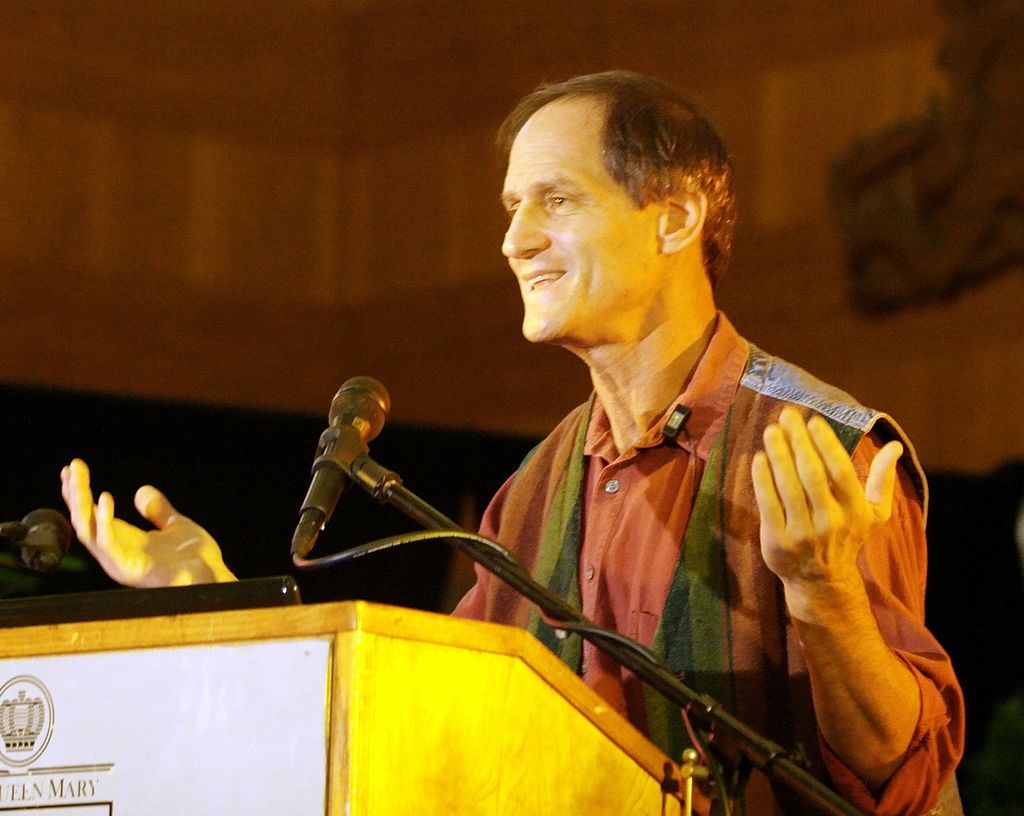
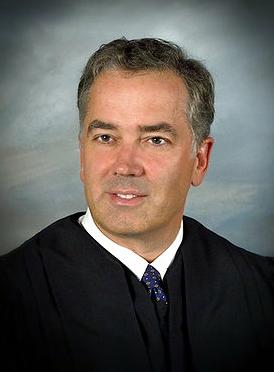
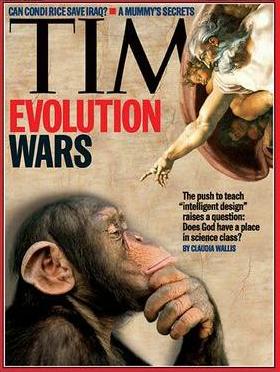
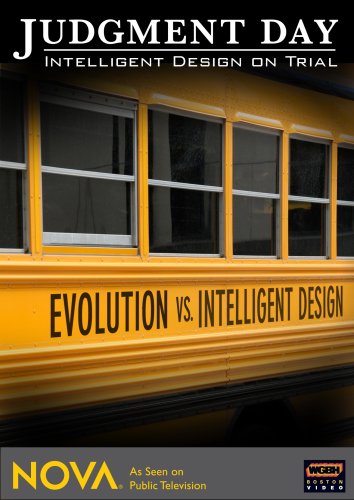
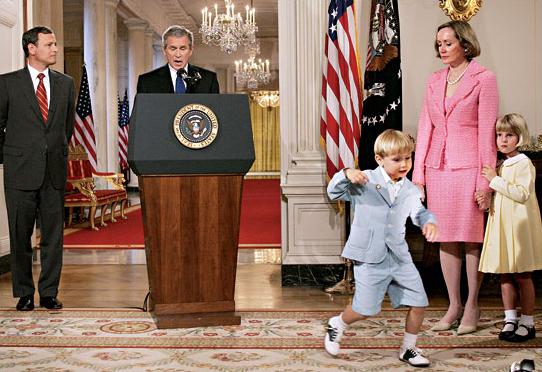
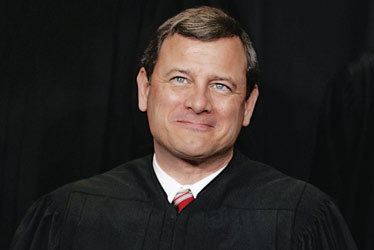
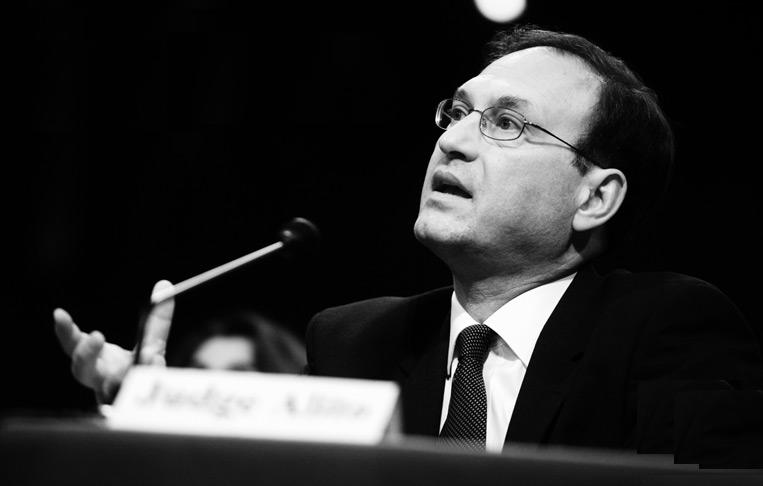
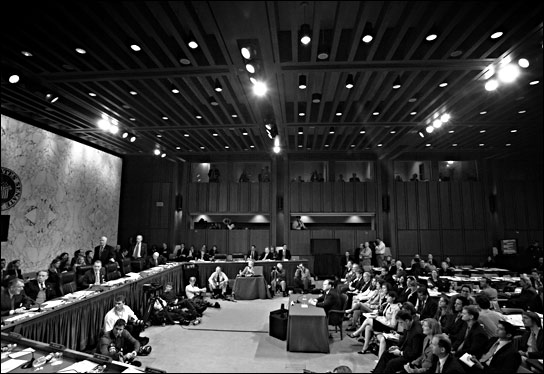
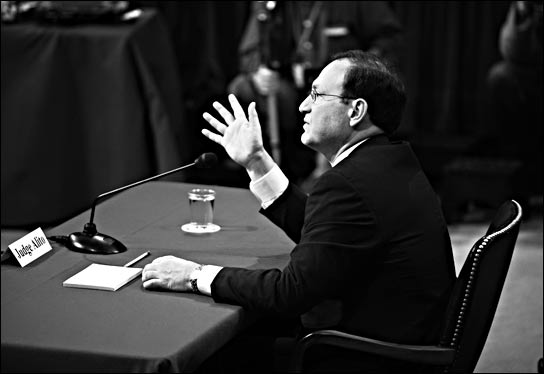
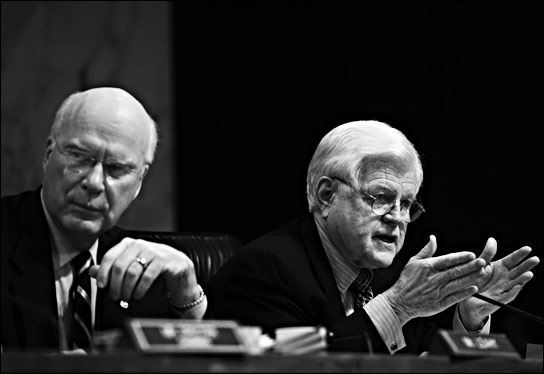

 Miles
H. Hodges
Miles
H. Hodges